New Delhi: India has overtaken Japan to emerge as the world’s fourth-largest economy, with its GDP crossing the four trillion dollar mark, according to NITI Aayog CEO BVR Subrahmanyam.
While citing International Monetary Fund (IMF) data, Subrahmanyam announced the milestone during a press briefing after the 10th Governing Council meeting of NITI Aayog held in New Delhi on 24 May.
“We are the fourth largest economy as I speak. This is not my data; this is IMF data,” said Subrahmanyam.
“India today is larger than Japan. Only the United States, China and Germany are ahead of us. If we stay on our current trajectory, we could become the third-largest economy within the next 2.5 to 3 years.”
The remark corresponds with the IMF’s April 2025 World Economic Outlook, which forecasts India’s nominal GDP to be at $4.187 trillion in FY 2026, slightly ahead of Japan’s predicted $4.186 trillion.
India, which held the fifth position until recently, is also projected to retain its status as the fastest-growing major economy, with growth rates of 6.2 per cent in 2025 and 6.3 per cent in 2026.
This greatly exceeds the 2.8 per cent and 3.0 per cent global growth projections for the same time frame.
NITI Aayog CEO Subrahmanyam described the current global and domestic environment as favourable for India’s growth ambitions.
He said: “India is at a turning point and at a take-off stage where it can grow very rapidly.”
His remarks came soon after Prime Minister Narendra Modi chaired the NITI Aayog’s 10th Governing Council Meeting at Bharat Mandapam, which brought together leaders from 24 states and seven Union Territories.
The meeting, themed “Viksit Rajya for Viksit Bharat @2047,” focused on how the Centre and states, as well as UTs, can collaboratively work towards making India a developed country by India’s 100th year of independence.
During the NITI Aayog meet, PM Modi urged states to commit to holistic development across urban and rural areas, emphasising that a developed India completely depends upon the development of every state.
PM Modi, while highlighting India’s economic achievements, pointed to the nation’s emergence among the world’s top five economies and the upliftment of crores of citizens out of poverty.
He urged states to seize global investment opportunities and prioritise industrial growth through the National Manufacturing Mission.
Subrahmanyam echoed this sentiment while addressing questions on recent comments by former US President Donald Trump regarding the manufacturing location of Apple iPhones.
He said: “What the tariffs will be is uncertain, but given the current dynamics, India remains a cost-effective place to manufacture.”
He also revealed that the second phase of the Centre’s asset monetisation pipeline is currently in the works and will be unveiled in August.
The Governing Council meeting further explored sectoral strategies around manufacturing, services, green economy, circular economy, urban transformation and rural non-farm development.
PM Modi also announced initiatives such as a Rs 1 lakh crore Urban Challenge Fund to upgrade tier two and three cities and a Rs 60,000 crore skilling programme to align youth training with emerging technologies like artificial intelligence (AI), semiconductors and 3D printing.
The announcements highlight a rising confidence in India’s ability to steer global economic trends, supported by solid growth fundamentals, cooperative federalism and sustained policy momentum, as the nation aims for third place on the global economic leaderboard.

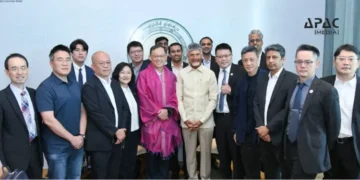


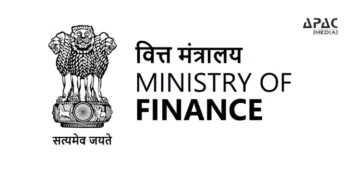

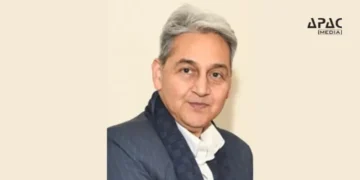

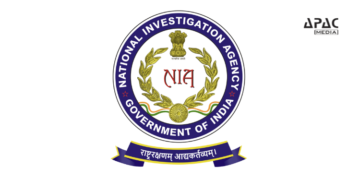







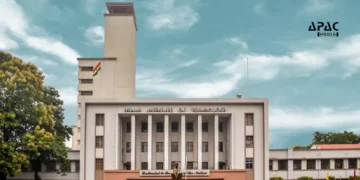
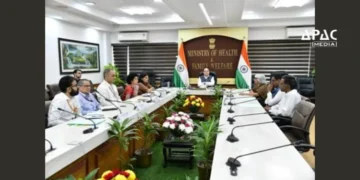









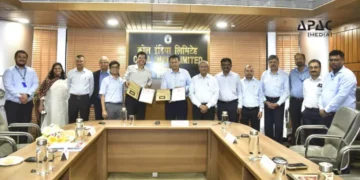
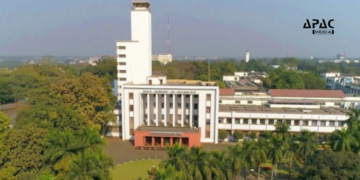
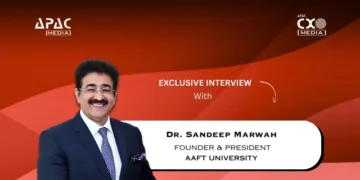
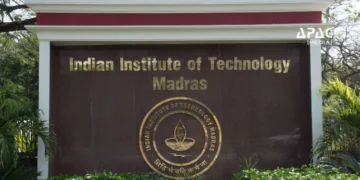
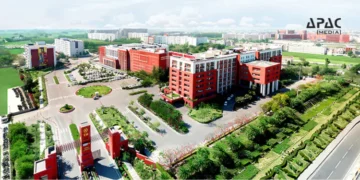
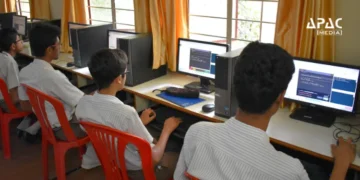







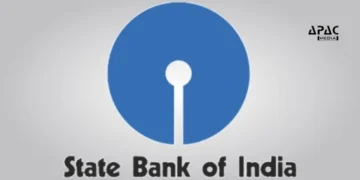




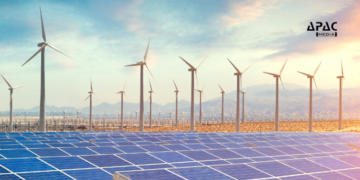






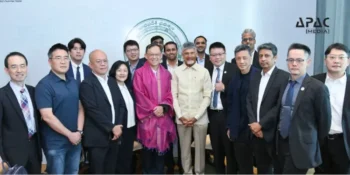


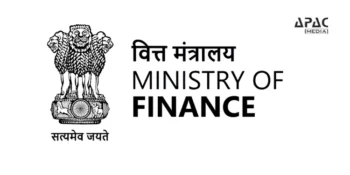

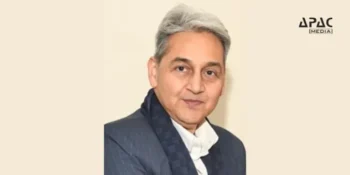







Discussion about this post